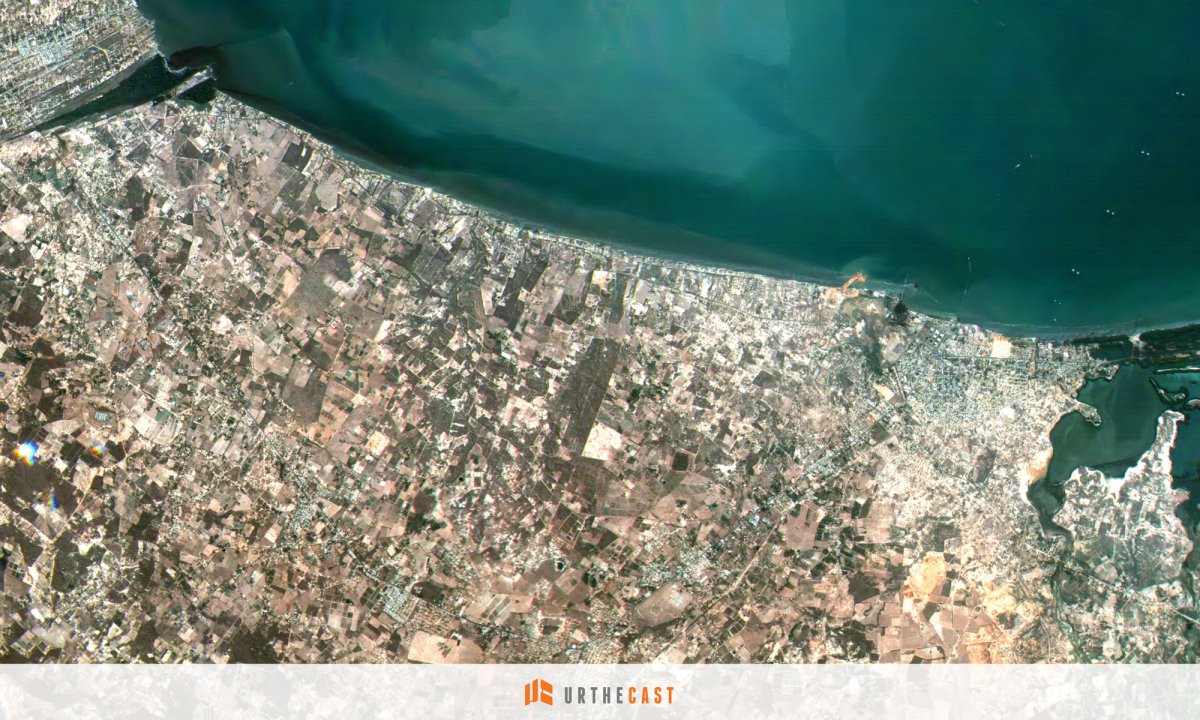TORONTO – It’s like watching ants.

Urthecast, the British-Columbia-based company that sent two cameras to the space station in 2013, has released its “first light” videos — with incredible results.
READ MORE: Vancouver-based UrtheCast has big plans for cameras on space station
“It’s shot from the International Space Station that’s moving 25,000 km/h and 400 km above. Put those three things together and it’s pretty slick,” said Urthecast co-founder Scott Larson.
London, UK from UrtheCast on Vimeo.
The camera — called Iris — covers areas roughly 1.92 km x 1.08 km. As the station moves, you can see shadows elongate and even get a sense of the buildings themselves moving. Cars move along roads like ants.

Get daily National news
Larson said that he’s happy with the first results.
“It’s hard. Space is always hard,” Larson said. “But the videos look the way we want them to look.”
Boston, U.S.A. from UrtheCast on Vimeo.
While these videos are definitely cool, providing unprecedented detail for public consumption, they’re more than just fun. Larson said that companies around the globe are interested. The United Nations, for example, is interested in using the cameras to monitor deforestation. Coffee companies might use the cameras to anticipate their growth and possible economic gains or losses. The uses for such technology are endless.
Barcelona, Spain from UrtheCast on Vimeo.
Urthecast got its start four-and-a-half years ago. It estimates that it will generate roughly $15 million in revenue annually, through service to direct customers and distribution.
The great thing is that come July, Urthecast will use API so that developers can utilize the data — including streaming video. While it won’t exactly be a live shot, it will provide a unique view of Earth that we haven’t yet been able to obtain. And that is something that is important to Larson.
“If we’re taking pictures of Earth and streaming it live, we can impact how people view Earth,” Larson said.
Not bad for a company that started out of a basement.






Comments